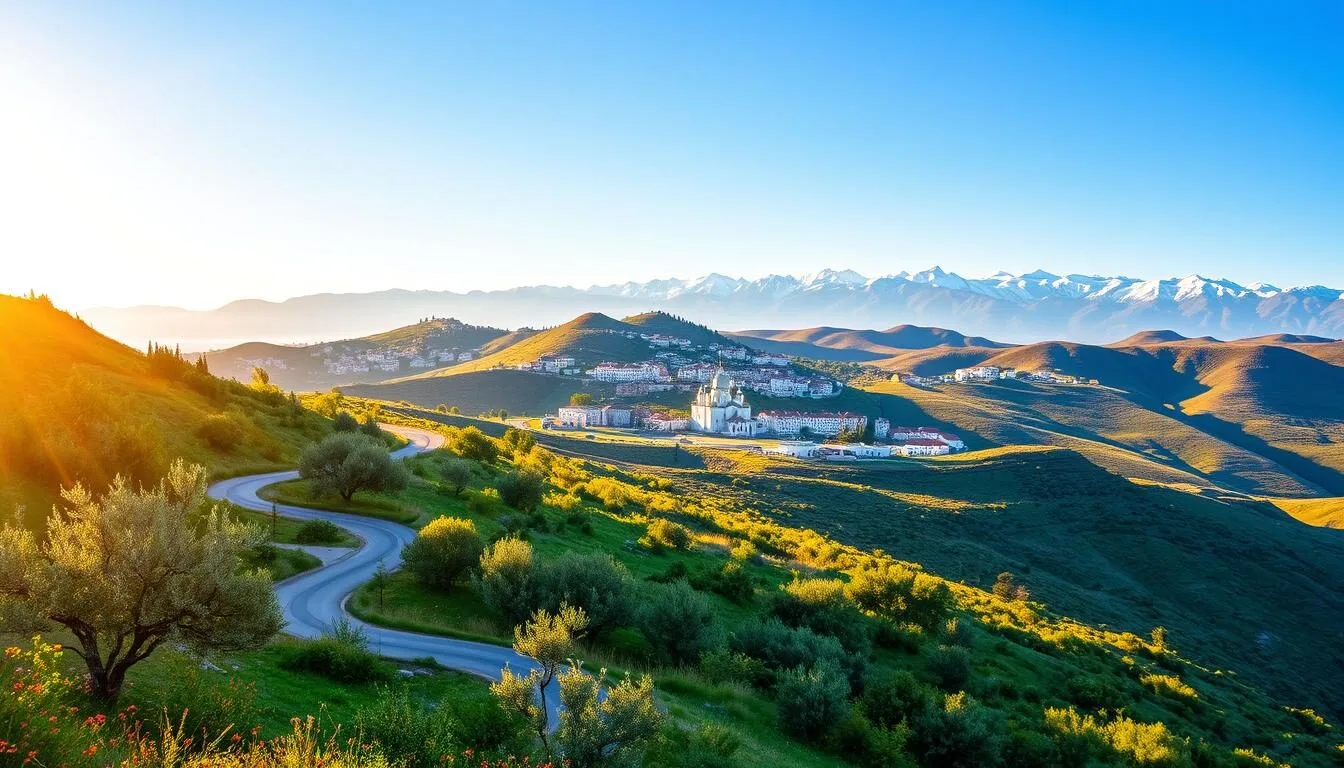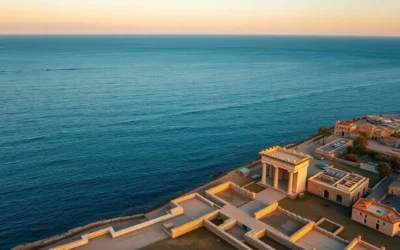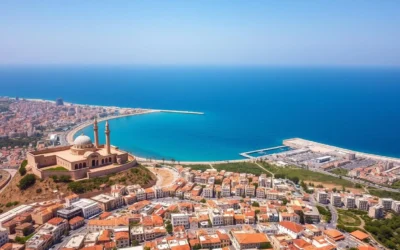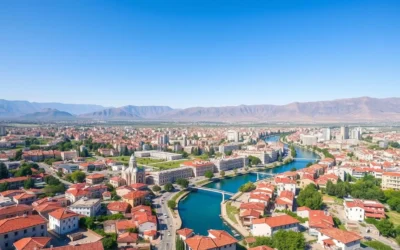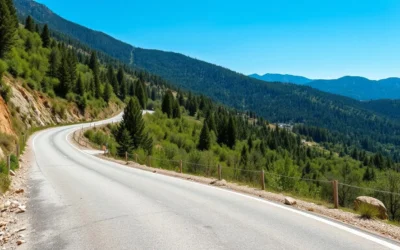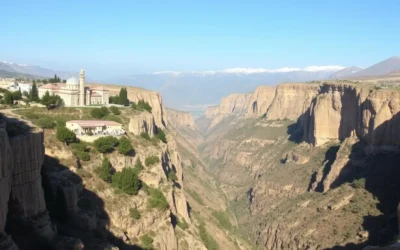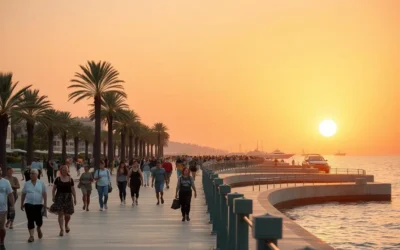✓ Accommodations✓ Flights✓ Rental Cars✓ Tours & Activities
With its diverse climate, Lebanon offers a unique experience depending on the time of year you visit. Understanding the seasonal variations is key to enjoying your trip.
The country’s geography creates a variety of weather patterns that can significantly impact your journey. Whether you’re looking to hit the slopes or enjoy the beach, the right time to visit can make all the difference.
By considering the weather and activities, you can tailor your trip to your preferences. Our guide will help you plan your visit, ensuring you make the most of your time in this beautiful country.
Understanding Lebanon’s Climate
Lebanon’s diverse geography plays a significant role in shaping its climate. The country’s topography creates various microclimates, ranging from the Mediterranean coastline to the mountain ranges and inland valleys.
Influences of Geography on Weather
The weather in Lebanon is uniquely influenced by its diverse geography. The Mediterranean Sea moderates coastal temperatures, while elevation plays a significant role in temperature variations across the country. As a result, the coastal areas experience Mediterranean weather conditions, whereas the mountains have alpine conditions. Understanding these geographic influences will help you appreciate why climate conditions can vary dramatically across relatively short distances in Lebanon.
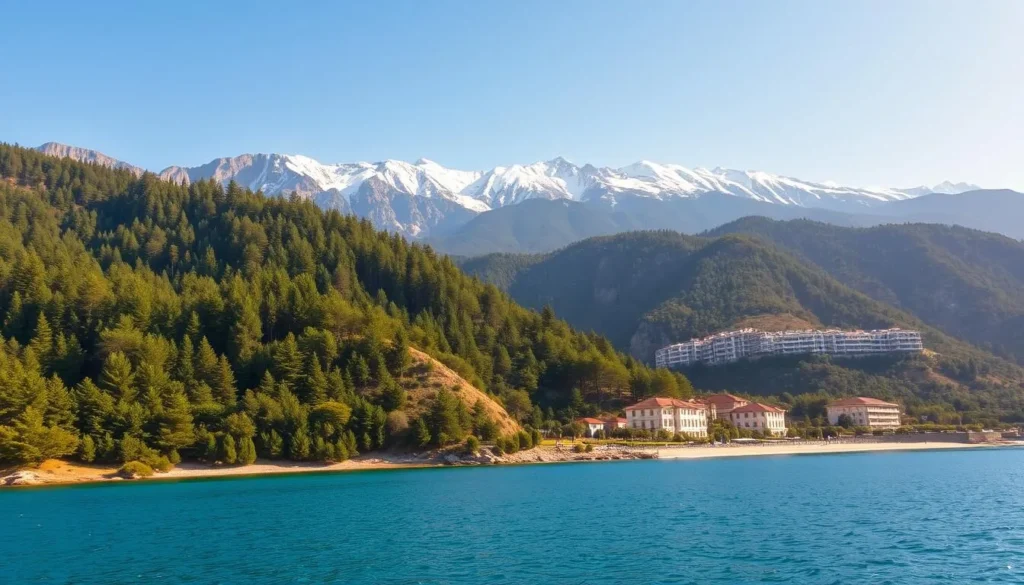
Four Distinct Seasons
Lebanon experiences four clearly defined seasons throughout the time of year, each offering different advantages for travelers. The varied conditions across these seasons allow visitors to enjoy a range of activities, from skiing in the winter to hiking in the spring and summer. By understanding the characteristics of each season, you can plan your trip to Lebanon more effectively.
Lebanon’s Weather Patterns Throughout the Year
Lebanon experiences a range of weather conditions, influenced by its geography and seasonal changes. You can expect significant variations in temperature and rainfall throughout the year, making it essential to understand these patterns for a well-planned trip.
Temperature Variations
Lebanon’s temperature varies greatly between coastal and mountainous regions. Along the coast, summer temperatures often reach above 30°C (86°F), while in the mountains, winter can bring freezing conditions. This variation is due to the country’s diverse geography, with the coastal areas remaining milder than the mountains throughout the year. As you travel across Lebanon, you’ll notice that the temperature differences between regions can be quite pronounced.
Rainfall Distribution
Lebanon follows a Mediterranean rainfall pattern, with a wet season from November to March and a dry season from April to October. The mountains receive significantly more precipitation than the coastal areas, often in the form of snow during the winter months. This distribution of rainfall creates distinct travel seasons, each offering unique experiences for visitors. For instance, the wet season can be ideal for those who enjoy snow sports in the mountains.
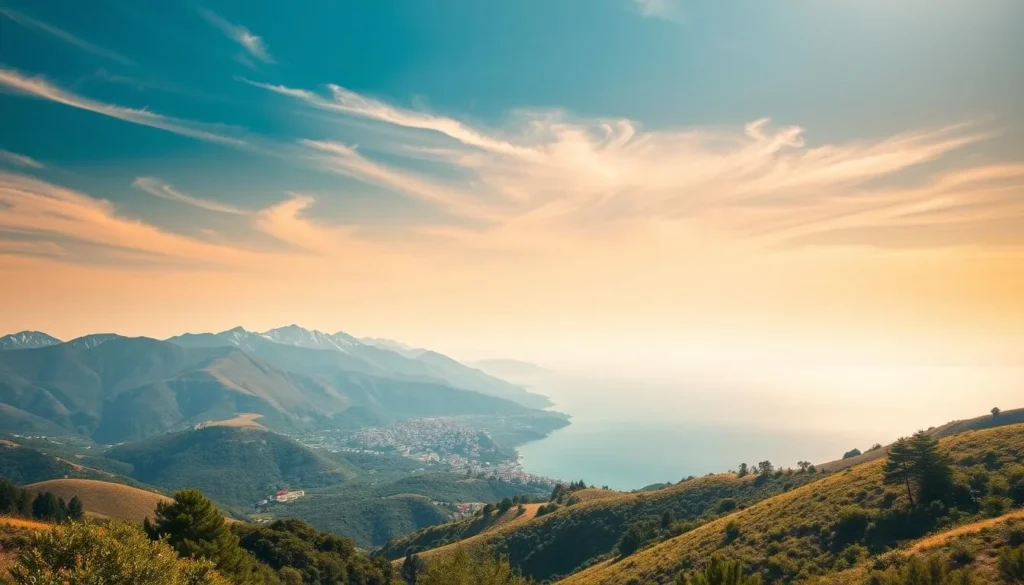
Summer in Lebanon: June to August
Summer in Lebanon, spanning from June to August, is characterized by hot temperatures along the coast and cooler climates in the mountains. The season is vibrant, with various activities to enjoy in different parts of the country.
Coastal Weather Conditions
The coastal regions experience hot and humid summers, with temperatures often exceeding 30°C (86°F). This makes them ideal for beach activities, water sports, and nightlife.
Mountain Climate
In contrast, the mountainous regions offer a cooler respite, with temperatures 5-10°C lower than the coast. This makes them perfect for hiking, trekking, and other outdoor activities.
Fall in Lebanon: September to November
You can experience the best of Lebanon during the fall, with comfortable weather and fewer tourists. This season is considered by many to be the best time to visit Lebanon.
Pleasant Temperatures
During the fall, Lebanon enjoys pleasant temperatures, ranging from 15-25°C (59-77°F). September and October are particularly agreeable, with warm days and cool evenings. The comfortable temperatures make it an excellent time for outdoor activities and sightseeing.
Early Rainfall Patterns
By November, the early rainfall patterns begin, signaling the transition to the wet season. Although precipitation remains moderate, it’s a good idea to be prepared for the change in weather. The autumn season also brings beautiful color changes to Lebanon’s forests and vineyards, making it ideal for photography and nature appreciation.
| Month | Temperature Range (°C) | Precipitation |
|---|---|---|
| September | 20-25 | Low |
| October | 18-23 | Low |
| November | 15-20 | Moderate |
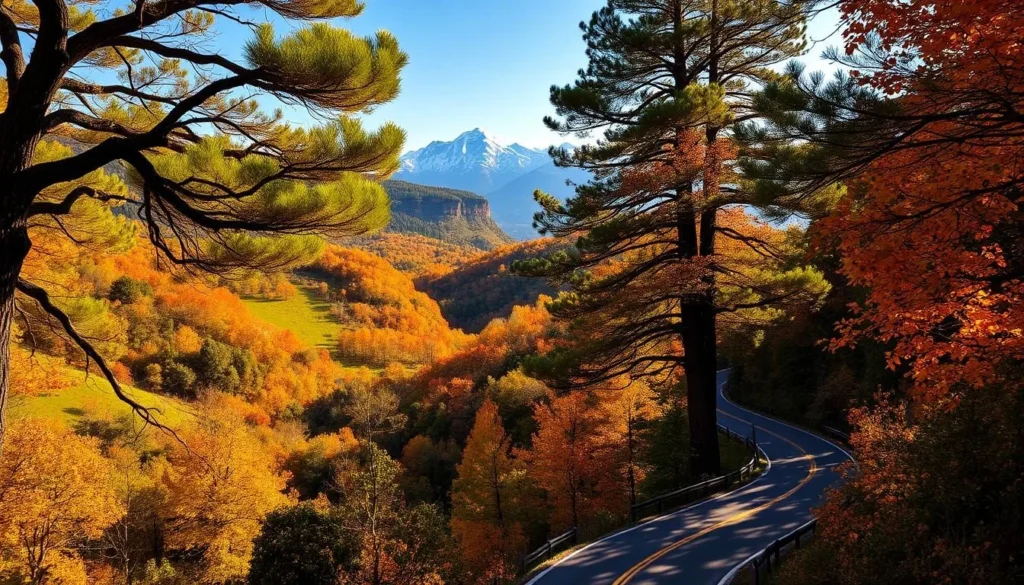
Winter in Lebanon: December to February
You can experience a range of winter conditions in Lebanon, from the mild temperatures on the coast to the snowy peaks in the mountains. This diversity makes Lebanon an attractive destination during the season, offering various activities and landscapes.
Coastal Winter Experience
Along Lebanon’s coast, winters are mild and wet, with temperatures typically ranging from 10-20°C (50-68°F). This period offers a unique experience, with fewer tourists and a more authentic local atmosphere, allowing you to enjoy the city’s cultural offerings without the crowds.
Snow in the Mountains
In contrast, the mountains receive significant snowfall, transforming areas like Faraya and The Cedars into popular ski destinations. The snow season typically runs from December through March, with January and February offering the most reliable snow conditions.
| Region | Temperature Range (°C) | Weather Conditions |
|---|---|---|
| Coastal Areas | 10-20 | Mild and Wet |
| Mountainous Areas | -5 to 5 | Snowy |
Spring in Lebanon: March to May
You can experience the beauty of Lebanon as it awakens from its winter slumber during spring. This season brings a refreshing change to the country’s landscape, making it an ideal time to visit and explore its natural wonders.
Blooming Season
During spring, Lebanon bursts into bloom, with wildflowers carpeting the landscapes. The blooming season transforms the country’s natural areas, making it perfect for hiking, nature photography, and outdoor activities. As the season progresses, the scenery becomes even more breathtaking, with vibrant colors and lush greenery.
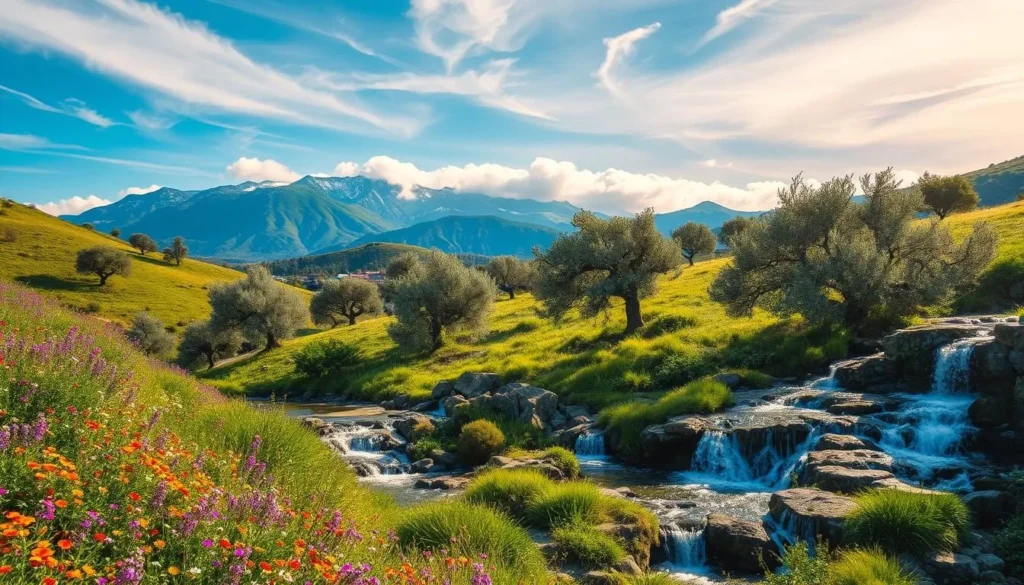
Temperature and Precipitation
As spring advances, temperatures gradually warm, creating comfortable conditions for exploration. In March, temperatures range from 10-18°C (50-64°F), while by May, they reach 15-25°C (59-77°F). Precipitation decreases throughout the season, with March still experiencing regular rainfall, while May is predominantly dry. This makes spring a great time to visit Lebanon, with pleasant weather and fewer crowds.
| Month | Temperature Range (°C) | Precipitation |
|---|---|---|
| March | 10-18 | Regular Rainfall |
| April | 12-20 | Moderate Rainfall |
| May | 15-25 | Predominantly Dry |
Lebanon: Best Months for a Weather-Savvy Trip
The best time to visit Lebanon is during its shoulder seasons, offering a balance of pleasant weather and fewer crowds. This makes it ideal for travelers looking to explore the country’s rich history, culture, and natural beauty without the peak season hustle.
April to June: Ideal Spring Conditions
From April to June, Lebanon enjoys ideal spring conditions, with comfortable temperatures ranging from 15°C to 25°C (59°F to 77°F). During this period, the rainfall decreases, and the landscapes become lush and green, making it perfect for nature enthusiasts and hikers. The pleasant weather allows for a wide range of outdoor activities, from exploring ancient ruins to enjoying water sports.
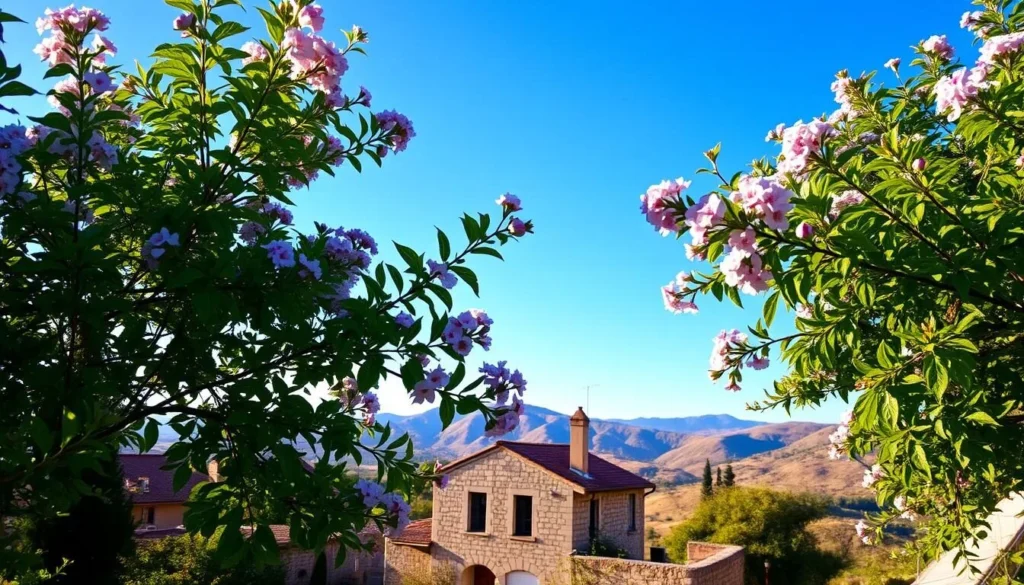
September to October: Perfect Fall Weather
September and October bring perfect fall weather to Lebanon, characterized by warm days and cool evenings, with average temperatures between 20°C to 28°C (68°F to 82°F). The minimal precipitation during these months makes it ideal for sightseeing and outdoor activities like visiting historical sites, enjoying beach time, or taking scenic drives. The comfortable weather conditions make it one of the best times to visit Lebanon.
Whether you’re planning to visit in the spring or fall, these periods offer the best balance of pleasant weather, fewer crowds, and a wide range of activities across the country. Your specific interests may also influence the best time for your visit, with winter being ideal for skiing and summer for beach activities.
Regional Weather Variations in Lebanon
Lebanon’s diverse geography results in a range of climates across the country. The coastal regions, including Beirut, experience a Mediterranean climate with hot and humid summers, while the Bekaa Valley and Mount Lebanon have more extreme conditions.
Beirut and the Coast
Beirut and the coastal areas are characterized by mild winters and hot, humid summers. The region’s climate is influenced by its proximity to the Mediterranean Sea.
Bekaa Valley
The Bekaa Valley, located between the Lebanon and Anti-Lebanon mountain ranges, has a continental climate with significant temperature variations between summer and winter.
Mount Lebanon
Mount Lebanon is known for its cool summers and cold, snowy winters. The region’s climate is ideal for skiing and other winter sports.
| Region | Summer | Winter |
|---|---|---|
| Beirut/Coast | Hot and humid | Mild and rainy |
| Bekaa Valley | Hot | Cold |
| Mount Lebanon | Cool | Cold, snowy |
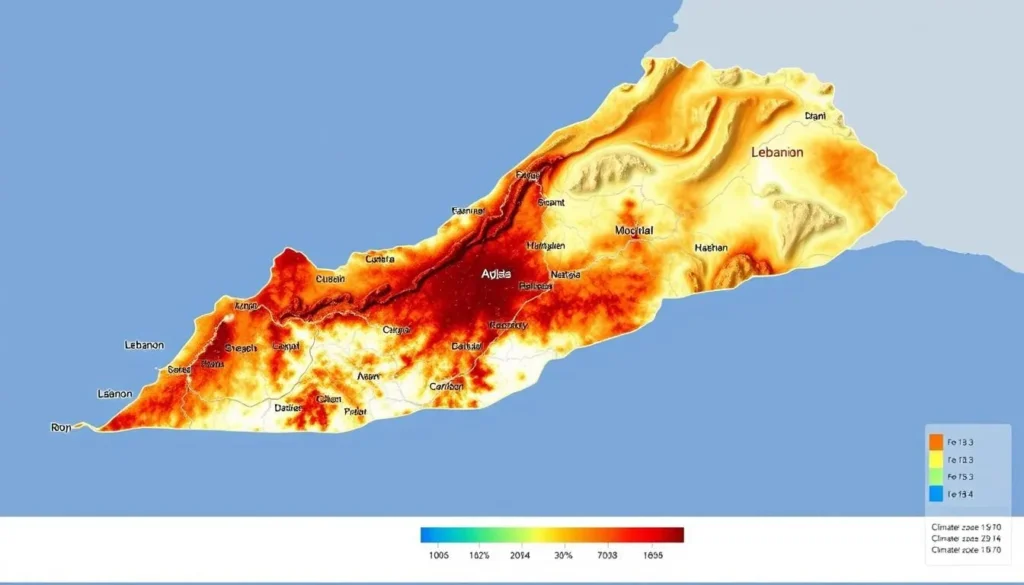
Planning Activities Around Lebanon’s Weather
When planning your trip to Lebanon, understanding the local weather patterns can significantly enhance your travel experience. Lebanon’s climate varies greatly across different regions and seasons, making it crucial to plan your activities accordingly.
Best Times for Outdoor Adventures
The best time for outdoor adventures like hiking and mountain biking in Lebanon is during the spring (April-June) and fall (September-October), when temperatures are moderate and pleasant. These periods offer ideal conditions for exploring the country’s natural beauty, from the mountains to the coast.
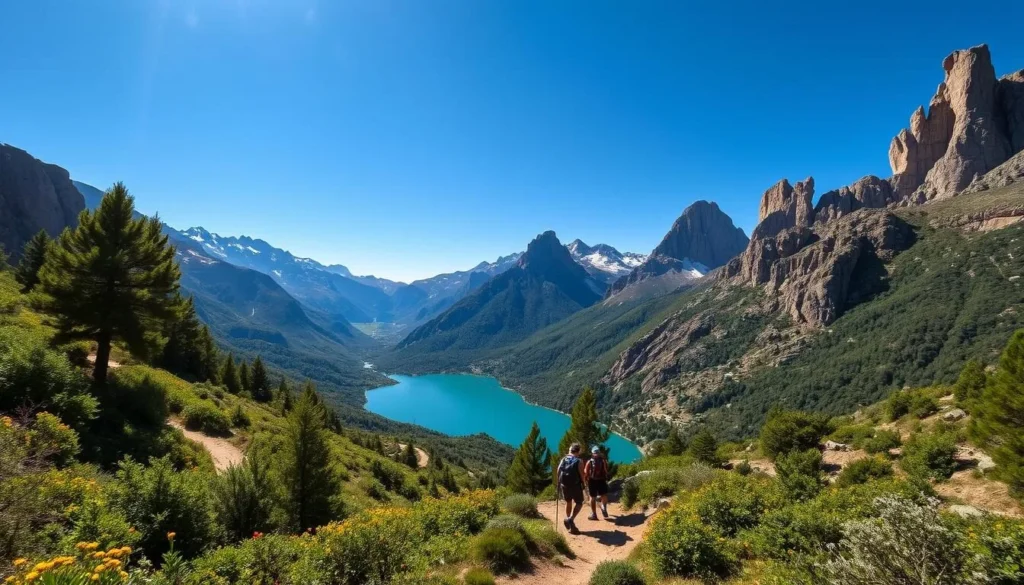
- Spring (April-June) is perfect for hiking and biking.
- Fall (September-October) offers comfortable temperatures for outdoor activities.
Weather-Appropriate Cultural Experiences
Cultural experiences, such as visiting historical sites and museums, can be enjoyed year-round in Lebanon. However, spring and fall provide the most comfortable weather for exploring outdoor ruins and historical locations. Each season also brings unique cultural events and festivals, allowing you to choose the best time based on your interests.
| Season | Cultural Experiences |
|---|---|
| Spring | Explore outdoor ruins comfortably |
| Summer | Enjoy summer festivals and outdoor concerts |
| Fall | Visit historical sites in pleasant weather |
| Winter | Experience cultural events in a cozy atmosphere |
Beach Season in Lebanon
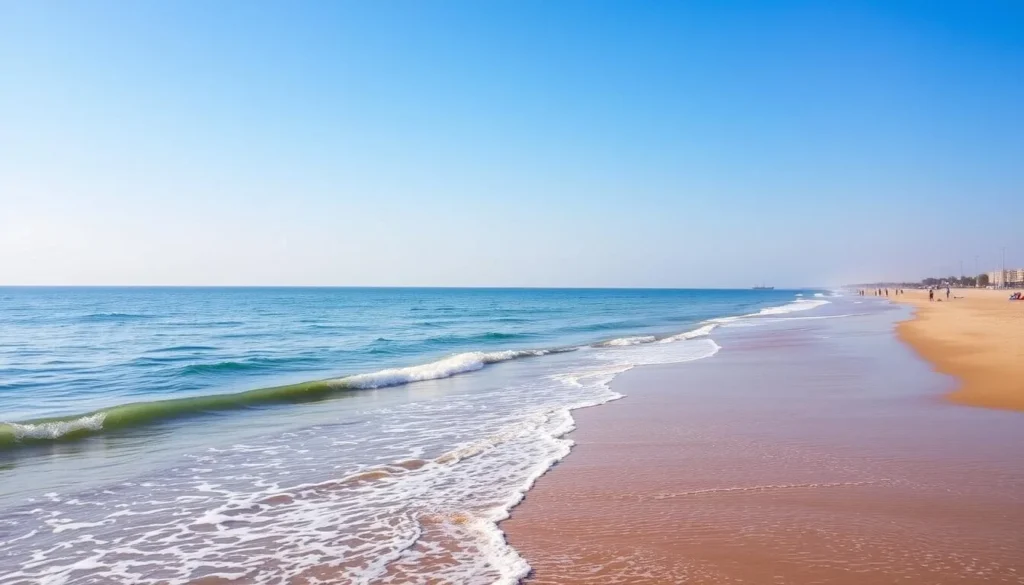
The beach season in Lebanon offers a unique blend of relaxation and adventure. You can enjoy the country’s beautiful coastline from May through October.
Prime Months for Swimming
The prime months for swimming in Lebanon are July and August, when the Mediterranean water is at its warmest. You can enjoy swimming and various water activities during this period.
Water Temperature Throughout the Year
The water temperature in Lebanon varies throughout the year. It remains swimmable from June through October, ranging from 23-28°C (73-82°F). In August, the water reaches its peak temperature of around 28°C (82°F), making it perfect for swimming and other water activities.
Some key points to consider for Lebanon’s beach season:
- Lebanon’s beach season typically runs from May through October.
- The prime swimming months are July and August.
- The Mediterranean water temperature peaks in August at around 28°C (82°F).
- Early and late season (May-June and September-October) offers more comfortable air temperatures and less crowded beaches.
- Water temperatures remain swimmable from June through October.
Skiing in Lebanon
Skiing in Lebanon provides a thrilling experience amidst breathtaking landscapes. You can enjoy a unique “ski in the morning, swim in the afternoon” adventure during certain months, making the most of Lebanon’s diverse geography.
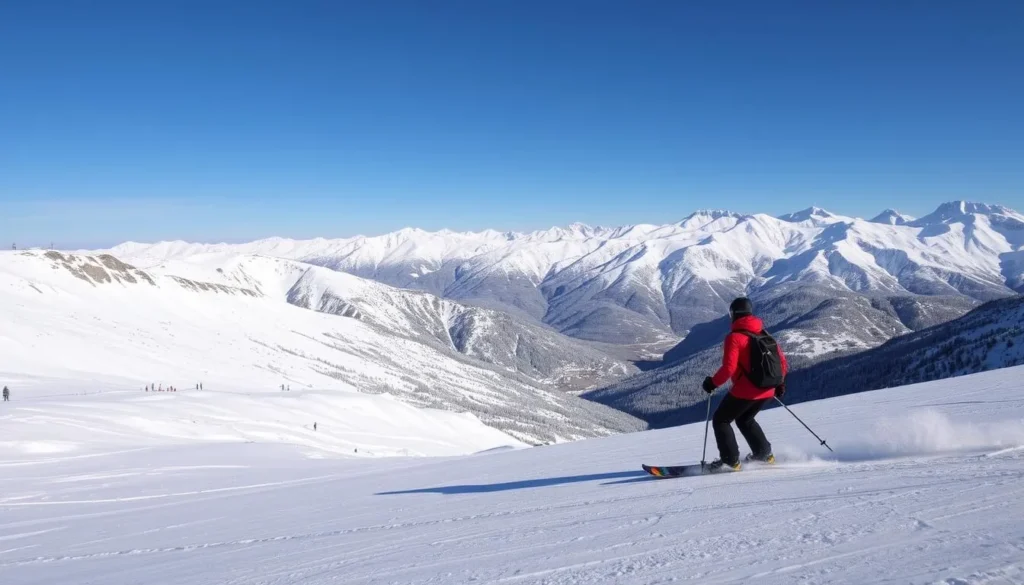
Duration of Snow Season
The snow season in Lebanon typically runs from December through March, with January and February providing the most reliable snow conditions for skiing.
Top Ski Resorts
Lebanon’s top ski destinations include Mzaar Kfardebian (Faraya), The Cedars, Laqlouq, and Faqra. Each resort offers different terrain and facilities, catering to a range of skiing activities such as downhill and cross-country skiing, snowboarding, and snowshoeing.
The ski season offers a different perspective of Lebanon, with snow-covered mountains creating spectacular winter landscapes.
Festivals and Events by Season
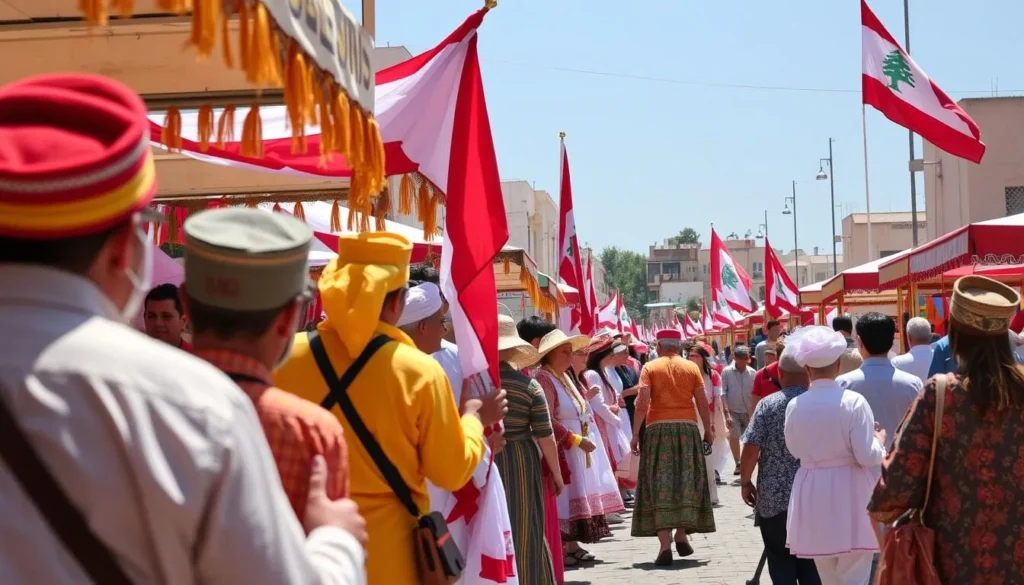
Experience the rich cultural heritage of Lebanon through its numerous festivals and events, carefully timed to coincide with the country’s optimal weather conditions. Throughout the year, Lebanon hosts a wide range of activities that reflect its diverse cultural landscape.
Weather-Timed Celebrations
Lebanon’s summer festivals, such as the Baalbeck International Festival and Beiteddine Art Festival, take advantage of the warm evenings for outdoor performances. In the spring, celebrations often focus on natural phenomena, like cherry blossom festivals in mountain villages.
Indoor Events During Inclement Weather
During the winter season, Lebanon brings Christmas markets, New Year celebrations, and indoor cultural activities to the forefront. Religious festivals occur year-round according to various calendars, offering visitors insight into Lebanon’s diverse cultural heritage regardless of the time of visit.
Practical Travel Tips for Different Seasons
To make the most of your trip to Lebanon, understanding the seasonal weather patterns is crucial. This knowledge will help you prepare for the conditions you’ll encounter, ensuring a more enjoyable and stress-free journey.
Packing Essentials by Season
Your packing list should vary significantly depending on the time of your visit to Lebanon due to seasonal weather variations. For instance, summer visitors should pack light, breathable clothing, sun protection, and swimwear, while winter travelers need warm layers, waterproof outerwear, and possibly ski gear. In contrast, spring and fall require versatile clothing that can be layered to accommodate temperature fluctuations throughout the day.
| Season | Packing Essentials |
|---|---|
| Summer | Light clothing, sun protection, swimwear |
| Winter | Warm layers, waterproof outerwear, ski gear |
| Spring/Fall | Layered clothing, comfortable shoes |
Transportation Considerations
Transportation considerations vary by season, with winter snow potentially affecting mountain roads and summer traffic congestion along coastal routes. It’s essential to plan your transportation accordingly, considering the season you’re visiting in.
Conclusion
The ideal time to visit Lebanon is a personal choice, influenced by the activities you have planned. For a balanced experience with pleasant weather, consider visiting during April-June or September-October. These periods offer ideal conditions for diverse activities, from outdoor adventures to cultural experiences.
Lebanon’s varied climate and geography create a destination that offers something unique in every season. Whether you’re interested in winter skiing, summer beach activities, or exploring the country’s rich history and cuisine, there’s a perfect time for you to visit.
Understanding Lebanon’s weather patterns will help you time your visit perfectly and pack accordingly. Regardless of when you choose to visit, Lebanon’s diverse offerings ensure a memorable experience.
—
The above is subject to change.
Check back often to TRAVEL.COM for the latest travel tips and deals.
